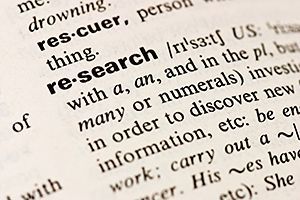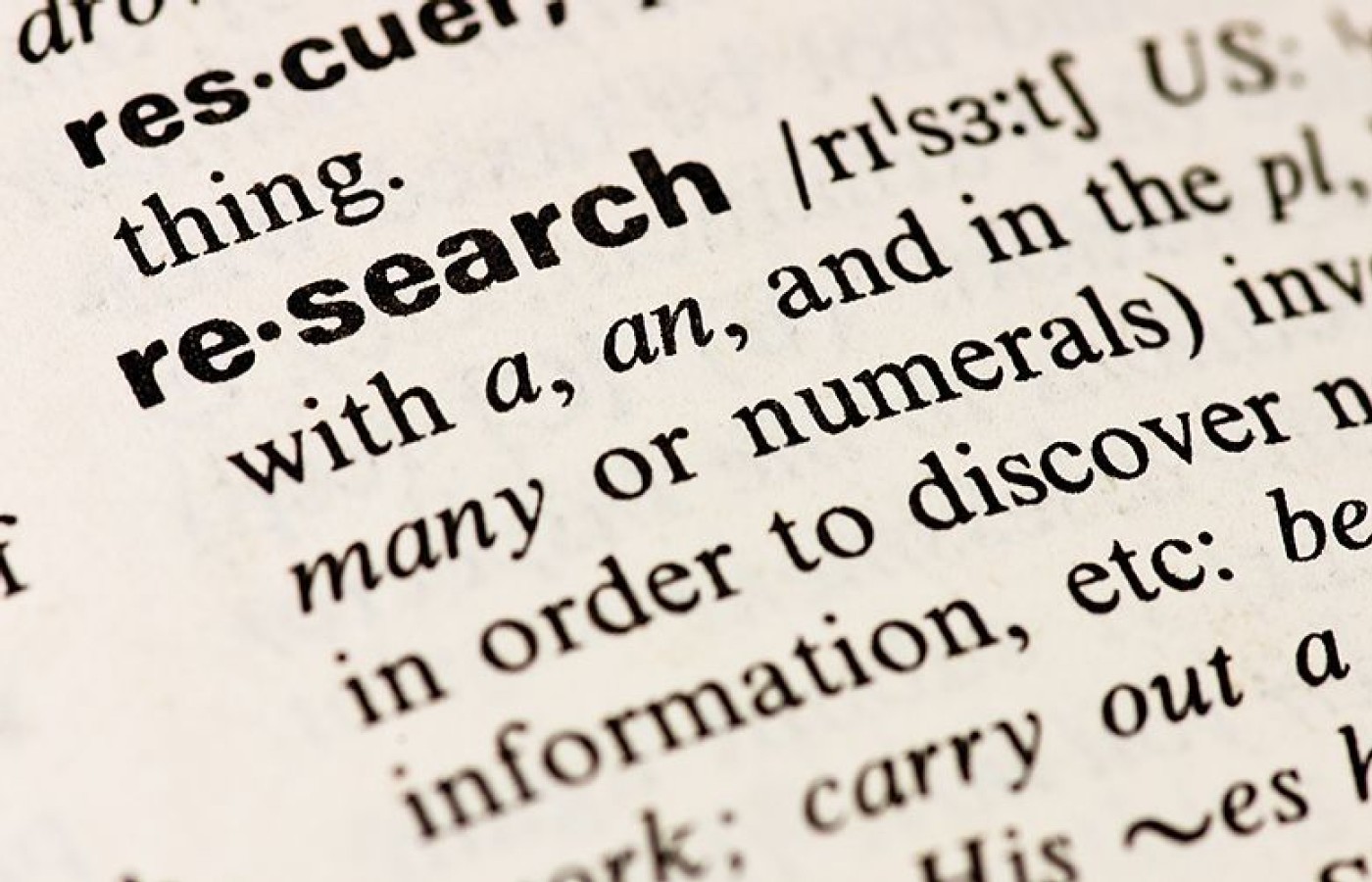On Oct. 21, 2025, a judge in Florida issued a groundbreaking decision in Complete Care v State Farm, 25-CA-1063. It concerns a fact pattern that many chiropractic doctors have faced wherein an insurer, such as State Farm or Allstate, decides to simply stop paying all claims submitted by a healthcare provider.
| Digital ExclusiveExcited to Share the Science of Chiropractic: An Interview With Dr. Heidi Haavik
Dr. Heidi Haavik has become known in the circle of chiropractic researchers as not only a rising star, but also one willing to do research that can have a major impact in the scientific world and how chiropractic is perceived. Let's learn more about Dr. Heidi and the importance of chiropractic research – including prenatal and pediatric chiropractic research – in this exclusive interview.
Dr. Heidi, what interested you in becoming a chiropractor and then a neuroscientist? My great-grandfather was one of the first 1,000 chiropractors ever to graduate from Palmer College of Chiropractic, so I suppose it was just in my blood to become a chiro. What interested me greatly while studying chiropractic was that we did not know how chiropractic works; I found this so interesting that I continued studying human neurophysiology at the University of Auckland and then eventually completed a PhD in neuroscience, where I started my exploration of how adjusting the spine impacts central nervous system function.
Why is research so important? Research provides us with solid scientific facts about a topic. If we have solid scientific facts about how chiropractic care works, we can share this and not have to rely on a theory. We now do have solid scientific facts that explain how an adjustment changes the way the brain works. We can now explain how chiropractic care helps people get better and function better in a way that is congruent with our current scientific understanding.

Why did you write the book Reality Check? I realized that chiropractors and very little of the public fully understand the latest neuroscience, so figured if I was every going to be able to teach our students or explain what I was finding with my research to other chiros, the public and other health care providers, I would need to "translate" what the scientific research findings we were discovering mean. Hence, I wrote the book. I wrote it in a language my then-93-year-old grandmother could understand and figured that might make it easier for everyone else to understand, too.
What are some of your past studies you would like to share with readers? I've just had another manuscript accepted for publication in the journal Neural Plasticity. We've demonstrated for the fourth time (i.e., it's the fourth time we've published a paper with the same finding) that when we adjust subluxated spinal segments, we change the way the brain processes information from the arm. What's so cool about this study is that for the first time, we were able to show where in the brain the changes were taking place – and this change was happening in the pre-frontal cortex!
The super-cool thing about this is that we carried out this study in an independent medical professor's research laboratory in Denmark, and the data was fully collected and analyzed by his independent bioengineer. This means we now have repeatedly shown (and independently verified) that when we adjust the spine, we change brain function.
What are current studies you are working on? One of the exciting projects we are working on is looking at whether adjusting subluxations in people who have suffered from a stroke improves their functional outcomes. Another one is looking at whether adjusting kids improves their brain function (as measured with a mental rotation task). Other projects we are currently looking at include finding out how long improvements in strength and prevention of fatigue last when we adjust people, and also whether we find the same strength improvements in top taekwondo athletes.
If you had unlimited research funds, what would you love to research? I want to know what a student can achieve vs. a fully trained chiropractor vs. a guru in the field. I think skill really does matter, and I don't think you can do a weekend course in manipulation and achieve the same thing that a guru chiropractor in the field can do. I want to fully understand how adjusting subluxations works, and also to see what happens when chiros do other things like soft-tissue work.
I think there are different mechanisms; I want to fully understand how this works. I then want to conduct clinical research in various populations so we know what works best for whom and when (e.g., what techniques are best for kids with learning difficulties, or pregnant ladies, or for preventing injuries in top athletes). There is tons to do and we need millions and millions of dollars to accomplish this endeavor!
Why is research the vehicle to communicate to the general public and government bodies what chiropractic is? Properly conducted, properly analyzed scientific research studies provide us with facts. When we have facts to share with the public, other health care providers and politicians, this eliminates bias from the conversation. Theories, philosophies and hearsay are not as powerful as real scientific facts. Of course, they are important to us as individuals, but as leverage with the public, with media and with government officials, we need facts.
For example, if we discover that those who have suffered from a stroke recover significantly better and faster (and at lower cost) if chiropractic care is provided in addition to their medical rehabilitation, and this becomes widely publicized, then it won't take long for the public, health care providers and government to demand that this become available to all stroke victims.
Alternatively, if we demonstrate that pregnant women deliver easier, safer and with less medical interventions if they also receive chiropractic care during their pregnancy, and this becomes widely known as solid scientific fact, then it won't take long for all pregnant women and their health care providers to want and recommend they receive chiropractic care throughout their pregnancy.
What challenges do you see for our profession? Our profession has traditionally not supported scientific research. We have little organized research fundraising in place, no united research agenda and very limited research career pathways for those interested in conducting research. I see this as a major challenge for our profession, and if I can make a difference in this regard, I will do anything within my powers to do so.
It is my personal opinion that without research in the prenatal and pediatric arena, there are some groups who would like to see chiropractors not have access to this population group. Your thoughts? There is nothing that upsets me more! So much so that we are now instigating three different projects with children, and I am in touch with pediatricians keen to do research with newborns and babies.
I fully agree – if we do not fund and conduct research showing chiropractic care benefits babies and children, it is possible we will lose the right to care for them. If anyone is keen to help our research efforts, please get in touch with us.
I always thought as a practicing chiropractor that research was important. In a simple way, I started donating ("one adjustment a month") to nonprofit chiropractic organizations and conducted annual events to fundraise for studies. Looking back at my 30 years of practice, I have been blessed to raise over tens of thousands of dollars.
Imagine if each one of us would consider just donating one adjustment a month for research; what a future our profession would promise!
To learn more about Dr. Heidi's research program, email her at info@haavikresearch.com or visit www.haavikresearch.com to learn more about Dr. Heidi, her research team and their ongoing efforts to conduct and support chiropractic research.



